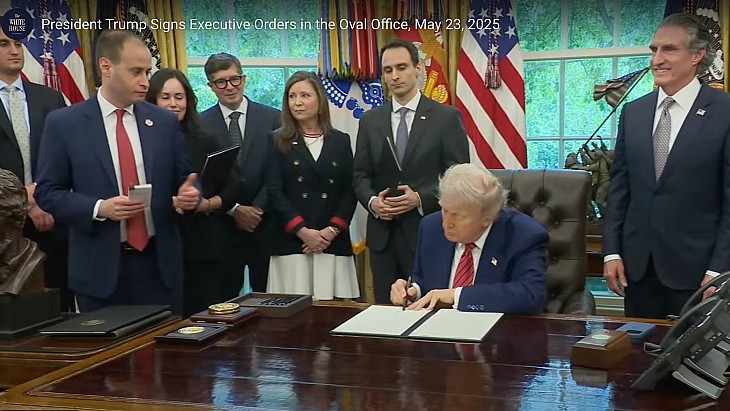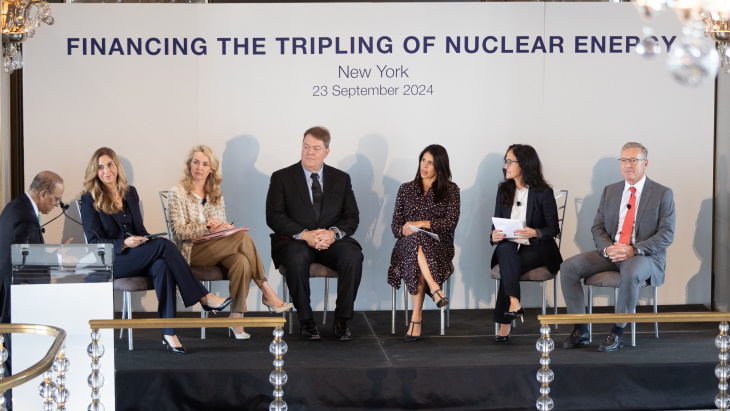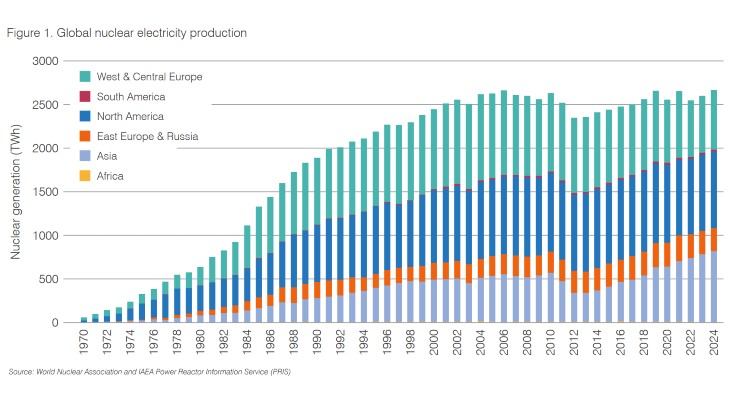A research and development plan recommending two strategies that would allow nuclear energy to play a substantial role in meeting future US energy needs has been released by the Electric Power Research Institute (EPRI) and the Department of Energy's (DOE's) Idaho National Laboratory (INL).
The plan, entitled INL/Nuclear Power Industry Strategic Plan for Light Water Reactor Research and Development, was developed by an industry-laboratory team and reviewed and approved by the leadership of the INL's Utility Advisory Board and EPRI's Nuclear Power Council.
The first strategy recommended in the plan is to efficiently construct and operate dozens of new nuclear power plants, starting in the next several years. The second strategy is to maximize the contribution from the USA's existing nuclear power plants by extending the operating licences. Implementing both of these strategies will require significant investment in research and development, EPRI and INL noted.
Chris Larsen, vice president and chief nuclear officer for EPRI, said: "Recent analysis by EPRI shows that all low-emission electricity technologies will be required to satisfy anticipated goals for reduced CO2 emissions - energy efficiency, renewable energy, nuclear energy, and clean coal with CO2 capture and sequestration." He added, "Industry recognizes that LWR technology is mature and that industry should carry a large portion of the responsibility in maintaining this technology. However, this plan demonstrates that the magnitude of the challenges facing this nation require the active engagement and leadership of the federal government in achieving the stretch goals identified in the report."
David Hill, INL's deputy director for science and technology, said: "Both the public and private sectors have much to gain from this research effort. Consumers across the country will benefit from avoided emissions of air pollutants and greenhouse gases, reliable baseload electricity, and the creation of thousands of high-wage jobs. Benefits to the private sector include improved plant performance and reduced business risk during new plant development."
The plan recommends the creation of a public-private partnership to pursue the research and development programme necessary to implement the strategies. The research effort would be managed by a team comprised of the DOE, EPRI and the Nuclear Energy Institute (NEI).
The proposed industry/government cost-shared R&D effort set forth in the plan is focused on 10 objectives, six of which are considered to be of the highest priority. These high-priority objectives include: sustaining the high performance of nuclear plant materials; transitioning to state-of-the-art digital instrumentation and controls; making further advances in nuclear fuel reliability and lifetime; implementing broad-spectrum workforce development; implementing broad-spectrum infrastructure improvements and design for sustainability; and, addressing electricity infrastructure-wide problems.
EPRI and INL said the strategic plan is intended to "establish a framework that will allow the DOE and the nuclear energy industry to jointly plan the nuclear energy R&D agenda and jointly execute those elements of the plan that are appropriate for joint effort."
The plan can be downloaded from INL's website.
EPRI and INL release strategy plan for LWR R&D
A research and development plan recommending two strategies that would allow nuclear energy to play a substantial role in meeting future US energy needs has been released by the Electric Power Research Institute and the Department of Energy's Idaho National Laboratory.












